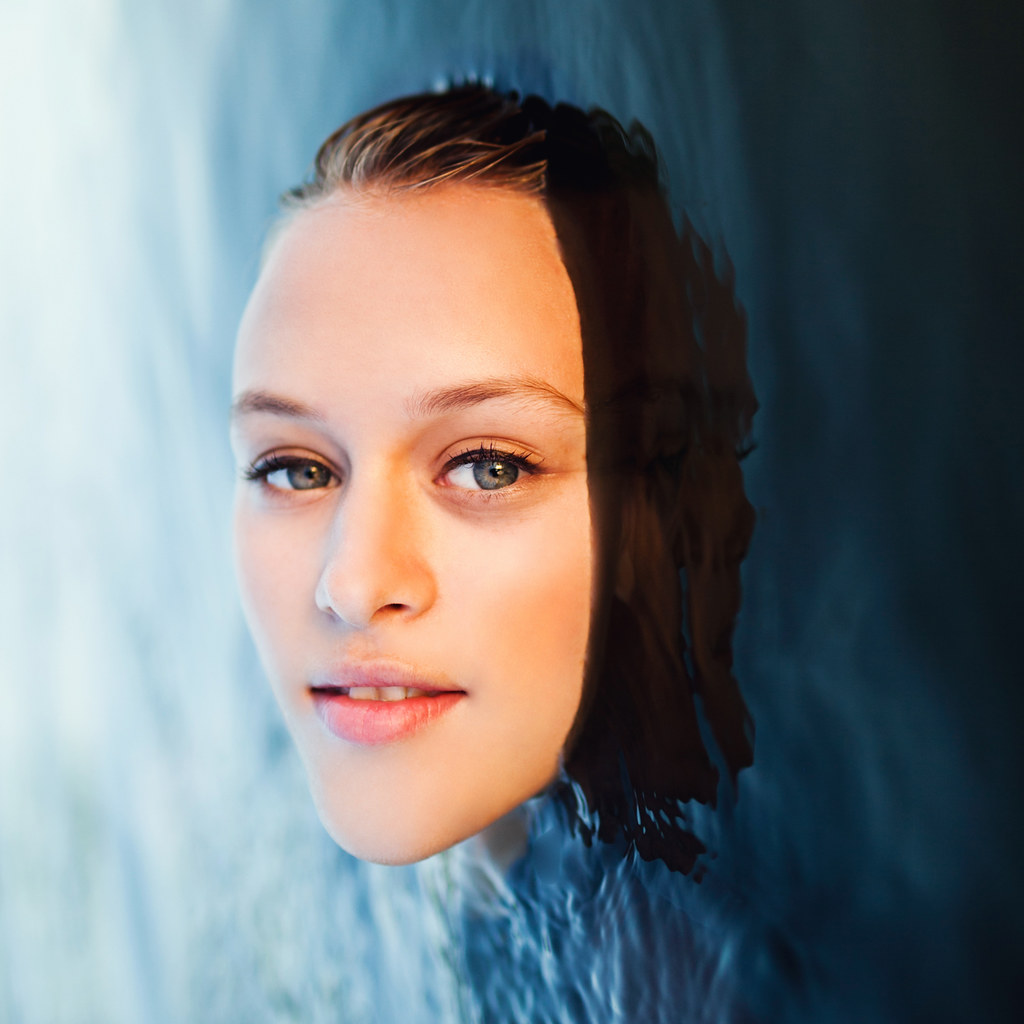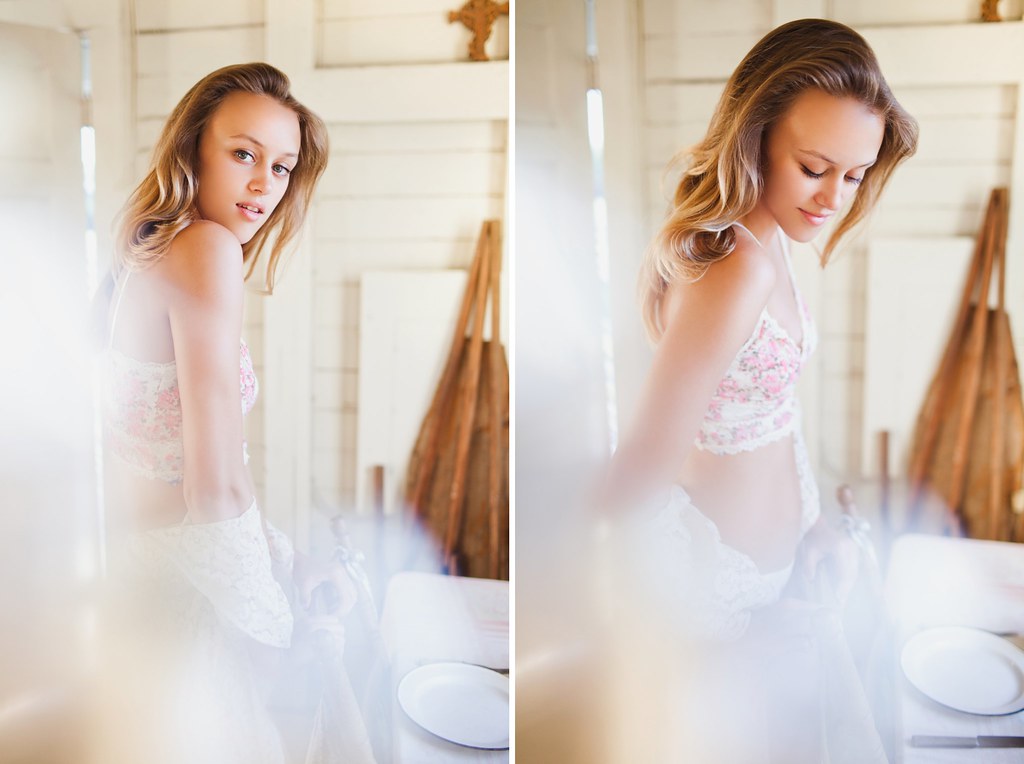The Importance of Experimentation
As some of you already know, I am an educator at heart. I love teaching, I love sharing, and I love doing my part to encourage progression (as an individual and as a community). In an effort to put my work where my heart is, I have been taking small but calculated steps into the education side of our industry. Now, in addition to teaching at The Define School, offering Mentor Sessions, and a few other things I have in the works, I am thrilled to announce that I am a guest writer for Fstoppers! Check out my first article about The Importance of Experimentation below or on Fstoppers!
The Importance of Experimentation
There is a fine line between having a well defined photographic style, and constantly putting out the same stale, boring work week after week. A fine and dangerous line. A line that can make the difference between being a successful, inspiring photographer and a photographer who has lost his audience and has even lost interest in his/her own work. Think about it like this, if the Sears photo department had a blog, would you follow it? Would you check back every week hoping they had some new work up to be inspired by? Of course not. Their job is to create portrait after portrait after portrait of a family sitting at a 45 degree angle to the camera with their heads slightly turned and a smile on their face. Even if you did find the first one or two inspiring, chances are you would lose interest quickly when every image they put out is exactly the same. The beauty of being an artist is our freedom to express ourselves. When our tastes change, so do our images. When we want to try new things, we are welcome to. This freedom to experiment is what keeps our business and our spirits thriving.

5d II + 35mm 1.4L / This is a weird one and I’m okay with it. During a recent river shoot I was shooting low to the water (with my camera dangerously close to dipping in) and I loved how strange the images were looking when I flipped them on their side. I knew that it didn’t fit my typical style, but it kept me thinking outside of the box when looking for interesting situations and compositions for the rest of the shoot!
Every photographer’s bag of tricks is different but we all have it. We start with a few things in the bag (for me it was sun flare, back lighting, and warm, happy moods) and unless we make it a point to add more things to the bag, we will be stuck at a stand still. We won’t progress and our business and spirits will likely bottom out. Make it a point to take risks. Set up personal shoots, take risks and if they completely fail, no problem, you don’t need to show those images to anybody. On the other hand, if you took a risk and learned something new that you love, perfect! Now you have something to add to your bag of tricks and you can slowly incorporate it into your style. This will keep you inspired as an artist and will keep your audience coming back to see what you are up to. Never let your fear of failure stop you from stepping out of your comfort zone. The comfort zone is not your friend. Get stuck there and what you used to love will turn into a nothing more than a job. Moving forward starts with a single step. You might not be in your comfort zone anymore but that zone will grow to meet you. Instead of becoming stale, your work and spirit will be constantly renewed.
The first step in leaving your comfort zone, is knowing what it is. If you don’t already know, a quick look through your portfolio should give you a pretty decent idea. For example, anyone who looks through my portfolio will see what I love; warm tones, bright natural light and happy moods. During one of my first experiments I decided to turn my love for natural light on it’s head and set up a shoot at night. In order to keep some familiarity so it would still fit into my style, I decided to keep my typical high energy, happy mood in the images. This led me to a fun, summery, surfer-girl shoot (called Summer Nights) on the beach with absolutely no natural light. I used an off camera flash and dragged the shutter. My shutter was open for about 3 seconds in each frame which allowed the flash to freeze my subject and some extra time for me to paint on my shutter with a flash light. This technique added some great spontaneous color washes over the image that were essentially manual light leaks. It was a technique I had never tried before but now holds a place in my bag of tricks. In addition, it left me looking for new ways to add spontaneity to my images which is why I set up a shoot called Homestead in which I played with shooting through pieces of broken glass. Am I the first person to try that? Of course not, but it was the first time that I tried it, that that’s what matters. I absolutely love the images from that shoot and would have never had them if I didn’t take that risk and step out of my comfort zone.

5d II + 35mm 1.4L / Before this shoot, I took a few glasses out of my cabinet, put them in a bag and smashed them on the ground. After shooting through a few different shards, I found the piece I liked the best and brought it with me to the shoot! Shooting through that piece of broken glass helped me add a bit of visual interest, and dreamy intimacy into this shoot.
In another attempt to add to my bag of tricks, I bought an old medium format Mamiya 645 and started shooting some film. After shooting digital for my whole career, I couldn’t believe I had never crossed over to film before. My first few rolls were nothing special but after I got the hang of it I fell in love and pretty quickly upgraded to a Contax 645. Now shooting medium format film is another tool in my arsenal that I often use to bring an extra bit of depth and intimacy into my portraits. In fact, after seeing and loving the softer tones that the film brought out I began mimicking them in my digital processing when the mood calls for something softer. In every experiment I did, I came out with something I loved and something new to work into my style. Once you figure out what your normal is, never be afraid to step away from it. If you always shoot in artificial light, shoot in natural light. If you always shoot digital, shoot film. If you always do this, do that.

Contax 645 + 80mm 2 on Kodak Portra 400 / This shoot was one of my earlier ventures away from my typical warm, high energy moods. In the months leading up to creating these, I found myself consistently finding inspiration in more peaceful, intimate images so I put together a shoot that matched the work I loved to look at. Since I wanted to capture something softer, I decided to shoot on medium format film for it’s shallow depth of field, and it’s more subtle palette. Now, this intimacy has been working it’s way into my portfolio and has become one of my favorite aspects of my style.
There is SO much value in having a well developed and recognizable style but there may be even more in putting in the effort to push your style forward. Encourage the evolution of your work. Instead of spending your career shooting the same formula time after time, these experiments will leave your style well defined, but with a depth and progression that will keep your audience and you inspired.
Just what I needed to hear right now- Thanks Ben! starting to get bored and looking for ways to push myself- these are great tips. Just went to the Jose Villa workshop and started film which has been a really fun way to push myself and kind of changes the way I shoot automatically!
thanks for sharing 🙂